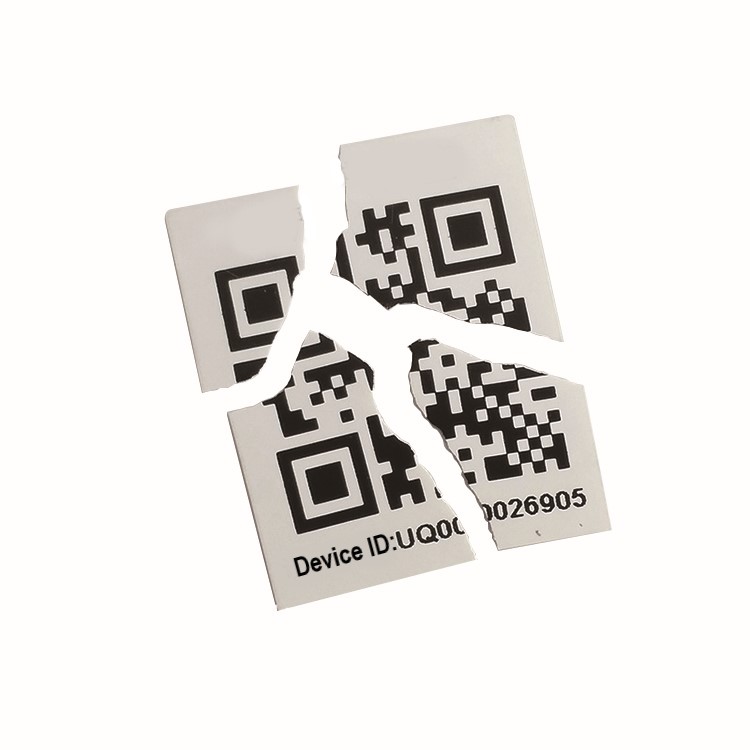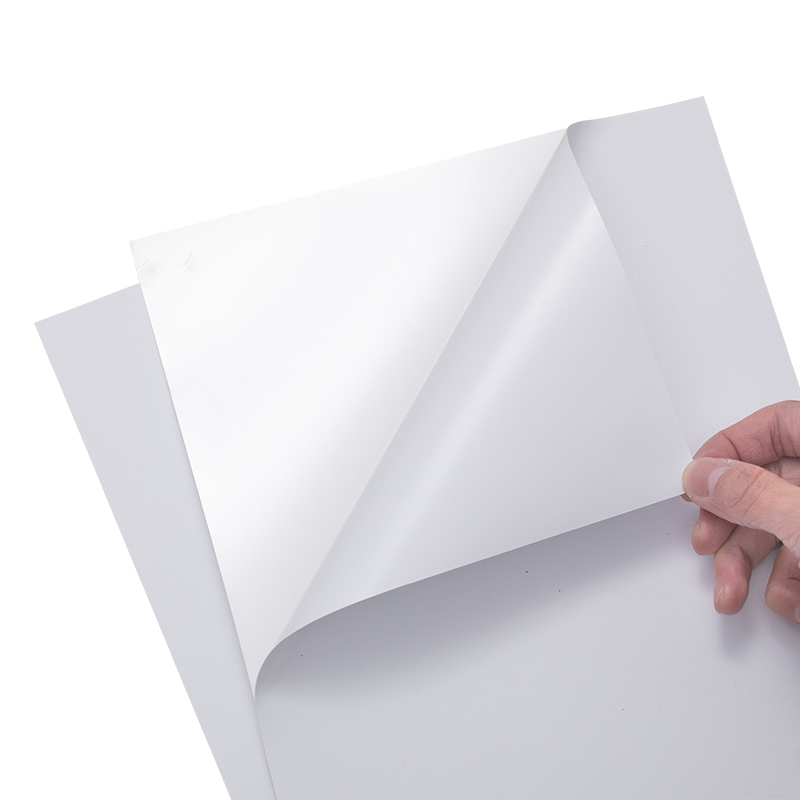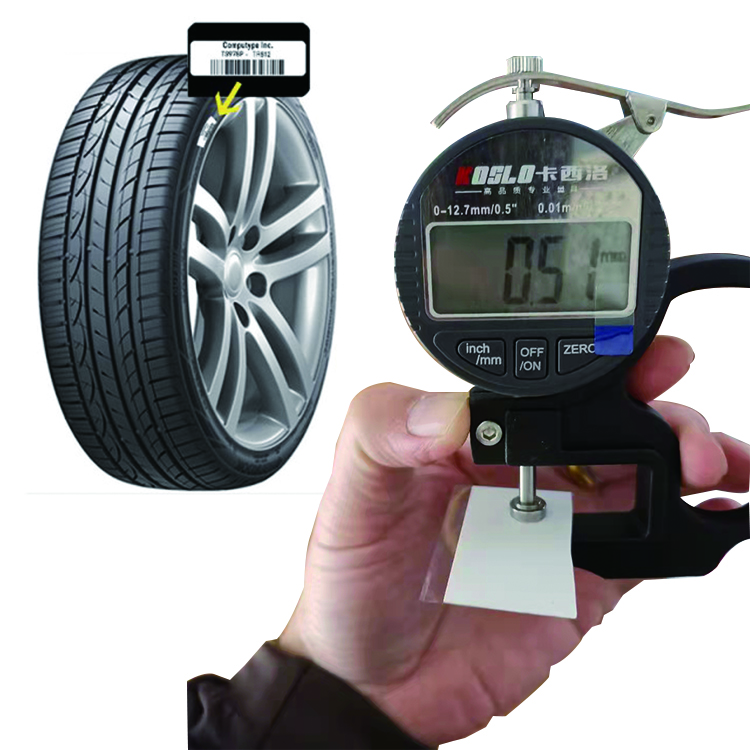High-adhesive oil-resistant labels are essential tools for providing identification and information in industrial environments, but they often face challenges in extreme conditions, such as exposure to high temperatures, low temperatures, humidity, and chemicals. This article discusses how to ensure the long-lasting durability of high-adhesive oil-resistant labels in these extreme environments to effectively meet the needs of industrial labeling.
Selecting Appropriate Materials and Design
-
High-Temperature Resistant Materials In high-temperature environments, labels need to use materials that are resistant to high heat to ensure they do not fade or deform. Polyester films and thermoplastic polyimide (PI) are some common high-temperature material choices.
-
Low-Temperature Resistant Materials In extremely cold conditions, labels must use materials that are resistant to low temperatures to prevent labels from becoming brittle or losing their adhesion. Fluoropolymers and polyethylene are materials suitable for low-temperature environments.
-
Chemical-Resistant Materials When labels may be exposed to chemicals, chemical-resistant materials should be chosen to avoid label damage or information becoming blurred. Polyester films, polypropylene, and fluoropolymers typically exhibit good chemical resistance.
-
Waterproof Design Considering that labels may be exposed to wet or liquid environments, incorporating waterproof features is necessary. This includes using waterproof adhesives and sealed designs to protect labels from moisture.
Testing and Certification Ensure that the selected high-adhesive oil-resistant labels comply with relevant testing and certification standards to verify their performance. Some common certification standards include UL standards, ASTM standards, and ISO certification.
Regular Inspection and Replacement Even high-quality high-adhesive oil-resistant labels are affected by the environment over time. Regularly inspect the condition of labels, especially those used in extreme conditions, to ensure they remain legible and adhesive. Replace damaged or aging labels promptly when needed.
Training and Operating Procedures Training employees to understand the use and maintenance of high-adhesive oil-resistant labels is crucial. Establish operating procedures, including how to properly apply labels, maintain label integrity, and replace damaged labels. Employee cooperation and adherence to operating procedures are essential for the long-term durability of labels.
Conclusion The longevity and durability of high-adhesive oil-resistant labels in industrial environments are crucial for ensuring reliable information dissemination. By selecting appropriate materials and designs, conducting testing and certification, regular inspection and replacement, and training employees to follow operating procedures, labels can be made durable in extreme environments. This helps improve the effectiveness of industrial labeling, ensuring the safety of employees and equipment. The longevity and durability of high-adhesive oil-resistant labels are the foundation of successful identification in industrial environments and have a significant impact on production efficiency and industrial safety.
We offer comprehensive technical support, including free professional labeling solutions, advice on label materials and adhesive selection, as well as online/offline assistance from professional software and hardware engineers. Service email: andy@ownlikes.cn. In pre-sales, we leverage our extensive experience in specialty labeling projects to provide clients with the most suitable hardware solutions. Additionally, all our label barcode printers and scanners come with a three-year free warranty, demonstrating our confidence in our products.






This site is protected by reCAPTCHA and the Google Privacy Policy and Terms of Service apply.